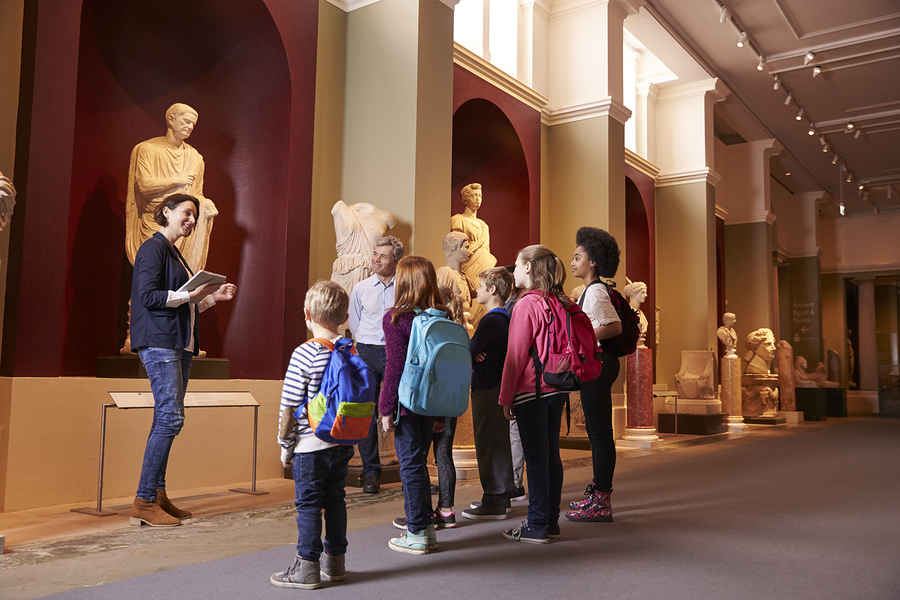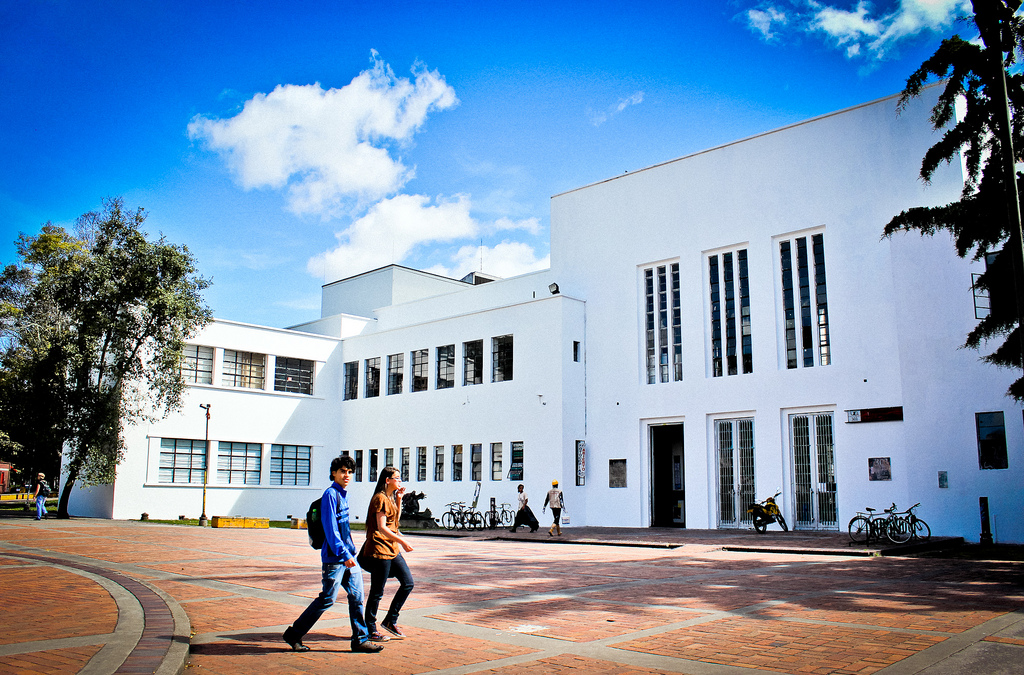“The silent crisis of the humanities” is due to several factors, the lack of interest of students in this area of knowledge and its usefulness. Here we present an example with augmented reality to transform the corridors of your school into a museum.
Photo: Bigstock
Can you imagine turning your school’s corridors into an interactive museum? What if your Art History students could show you what they know about the Parthenon, the Cathedral of Santiago de Compostela, Las Meninas or Guernica? What an extraordinary way it would be of making students at this stage aware of the importance of art. A data analysis of each student’s choices regarding the middle school study modality reveals a disturbing deterioration in the status of the Humanities and Social Sciences. Renowned researchers such as Martha Nussbaum call this deterioration “the silent crisis of the Humanities”.
Some studies conducted by our secondary and university education research group indicate that the imbalance existing between the number of students who are attracted to experimental sciences or the humanities is the result, among other factors, of the usefulness and practical application normally related more with the former than with the latter.
“Transforming the school’s corridors into an art museum is an experiment that serves to show the usefulness and practical application of the Humanities and Social Sciences”
We conducted an experiment to demonstrate the usefulness and practical application of humanistic knowledge, transforming our school’s corridors into an art museum. The first stage of this experience was developed in the Art History 11th grade classroom, and the second part was implemented at the end of the school year, during our institution’s Cultural Week. The steps followed for the development of this activity are as follows:
● In the Art History class, we selected the ten works of art that we most like to include in the curriculum: (the Parthenon, the Roman Theater of Mérida, the Cathedral of Santiago de Compostela, Notre-Dame Cathedral, the Arnolfini Portrait, Michelangelo’s David, the Sistine Chapel, Las Meninas, Guernica and Van Gogh’s The Starry Night).
● Each work is assigned to a student, who is responsible for writing a commentary on the works, following the EBAU (High School Examination for University Admission) model.
● The commentaries were exposed in class and this exposition was converted into a three-minute video, in which each student explained the most important aspects of the corresponding work of art. This didactic activity served to integrate ICT resources into the classroom, since the students themselves created, formatted and posted the videos on the School Museum blog.
● Each video was assigned a QR code to enable access on a mobile device.
● For the cultural week, the High School’s corridor was transformed into an interactive museum: the walls were decorated with prints of the ten works of art, and, in turn, each print had its corresponding QR code, with a link to the video that the 11th graders had made in class. Secondary Education students were invited to visit the museum, with particular emphasis placed on the works of art that they had been learning about in their History class, in the corresponding historical period. We had a large audience, with 78% consisting of visiting students. To enhance the students’ tour of the exhibition, they were asked to take their mobile devices with them, but they were not told about the QR code content. At first, not all the students were keen to visit the art exhibition, but being able to watch the videos made the activity a huge success.
● The visiting students assessed the activity by means of a questionnaire, and feedback has been good or very good in 83% of the cases. Some improvements were suggested, such as elaborating on the information in the videos with data to include the current location of the work, for example, or incorporating music from the era of the work of art.
“83% of the people and students who visited the exhibition evaluated this activity in a positive way and shared suggestions to enrich it even more.”
The aim of this simple experience is to complement the vision of High School students, showing the usefulness and practical application of the courses from our area, while taking advantage of the Art course to sensitize other students who do not have the opportunity to study Art History directly in their curriculum courses.
Based on this humble experience, I would like to invite teachers of the Humanities, Social Sciences and other disciplines to implement practical experiences, integrating ICT resources in the classroom, favoring valuable, practical student engagement in their subjects. We believe that this is a good means of offsetting the excessively theoretical vision students at this academic level have of the subjects from this area.
About the author:
Mario Corrales Serrano holds a B.A. in Philosophy and a Ph.D. in Theology. He is a secondary school teacher and researcher in Social Science Education.
This article from Observatory of the Institute for the Future of Education may be shared under the terms of the license CC BY-NC-SA 4.0 
)
)







)
Saúl Esparza
Saúl Esparza
Saúl Esparza